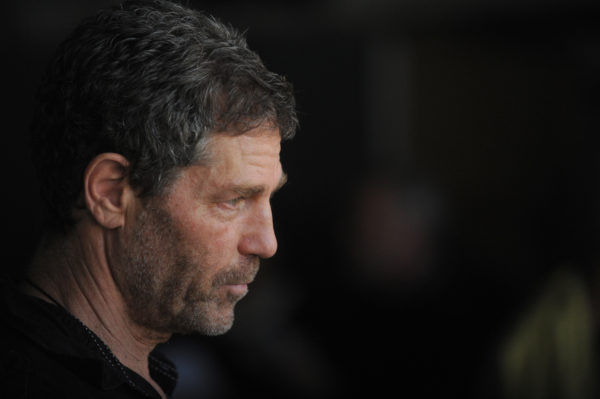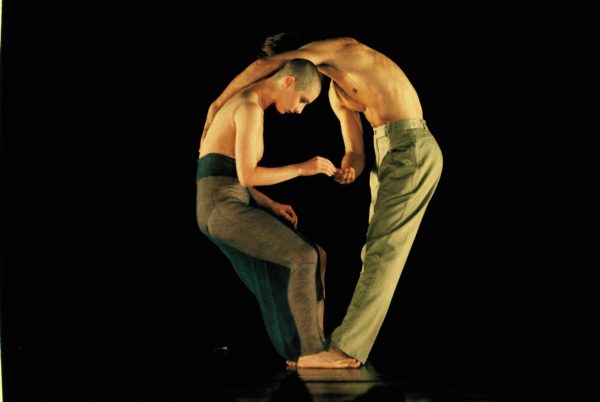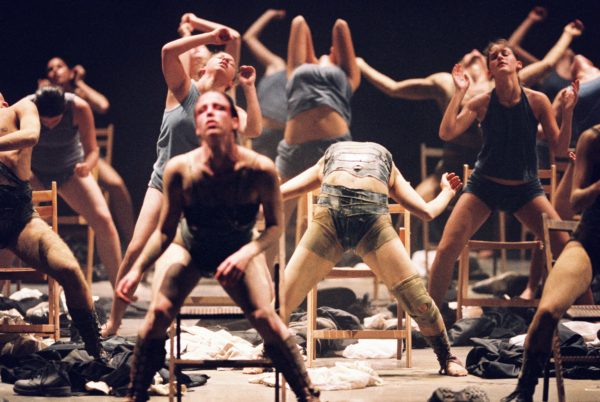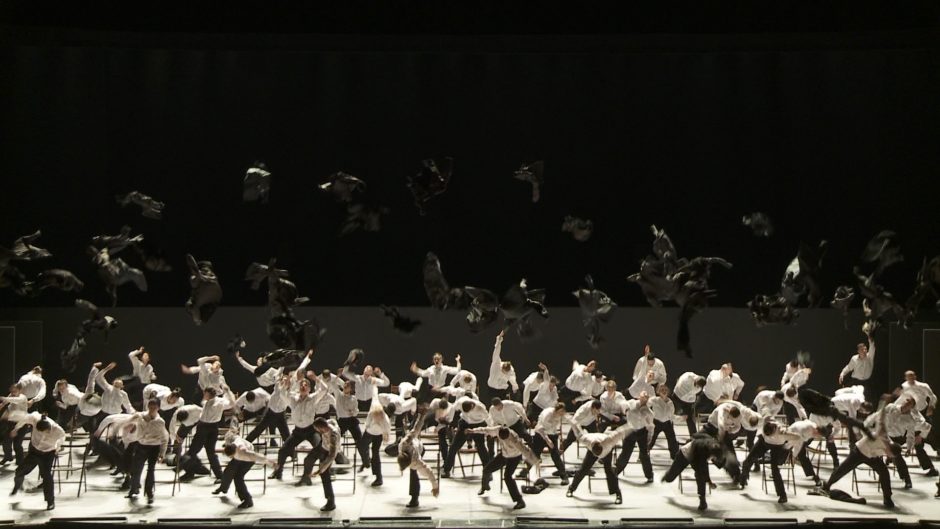Tomer Heymann’s Mr. Gaga, a fast-moving and absorbing documentary about one of the world’s finest choreographers and dancers, takes flight from almost the moment it begins. As the camera pans on the protagonist, Ohad Naharin, he coaches a dancer in his studio. “Really beautiful,” he says before instructing her to loosen up and “let go.”

A man in motion, he’s the complex, creative and difficult person who popularized “gaga,” a style of dancing that accentuates the sensation of movement in its purest form. Now in his mid-60s, Naharin is not exactly a household name, but in his chosen field, he’s something of an icon.
Born on a kibbutz in Israel, he’s the artistic director of the Tel Aviv-based Batsheva Dance Company, one of the finest troupes of its kind. Heymann’s film, which is due to open in Canada on March 31, traces the arc of his career from Israel to the United States and back again.

Expressing fond memories of the kibbutz he left at the age of five, he claims he started dancing to communicate with his autistic twin brother, but revises that claim later in the film. Inducted into the army in 1970, he joined its entertainment troupe and served in the 1973 Yom Kippur War. He speaks sadly of friends who were killed in that conflict.
He started his dance training at 22, which is late for a dancer. Martha Graham saw him perform at the Batsheva Dance Company in Tel Aviv and was so impressed by his technique that she invited him to New York City. He accepted her invitation, but the gig failed to fulfill him and the pair parted ways. His brief association with Maurice Bejart did not work out either.
Naharin is a hard taskmaster, a perfectionist who expects his dancers to read his mind. “Don’t fuck with me,” he says in exasperation at one point. “My life depends on you.”
Having hurt his back, he had to learn to live with physical limitations. But he’s pressed on. “Listen to your body before you tell it what to do,” he advises his dancers.
Never having felt at home in the United States, he returned to Israel in 1990 to rejoin the Batsheva Dance Company. His first wife, the American dancer Mari Kijiwara, found Israel very challenging, but so did he. In 1998, during Israel’s 50th anniversary celebrations, he cancelled a performance by his troupe following complaints by conservative elements that his dancers were too scantily dressed. Despite this unsettling incident, Naharin is deeply attached to Israel.
Toward the close of Mr. Gaga, he’s seen with his second wife, Eri, a dancer, and their toddler daughter, Noga. As usual, Naharin is deeply engaged in his work, obsessed with getting it right.

